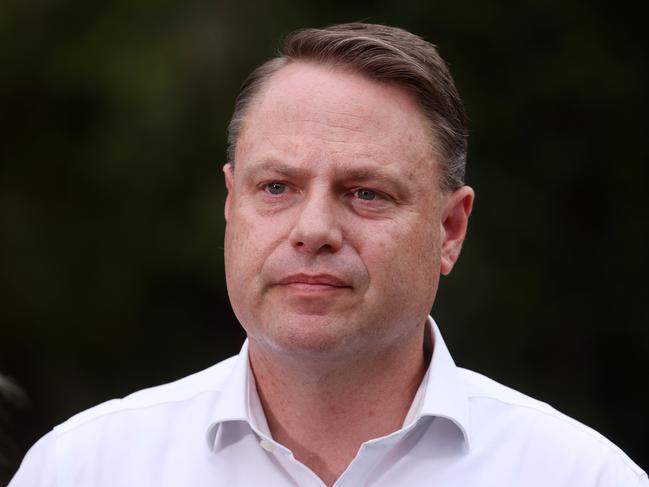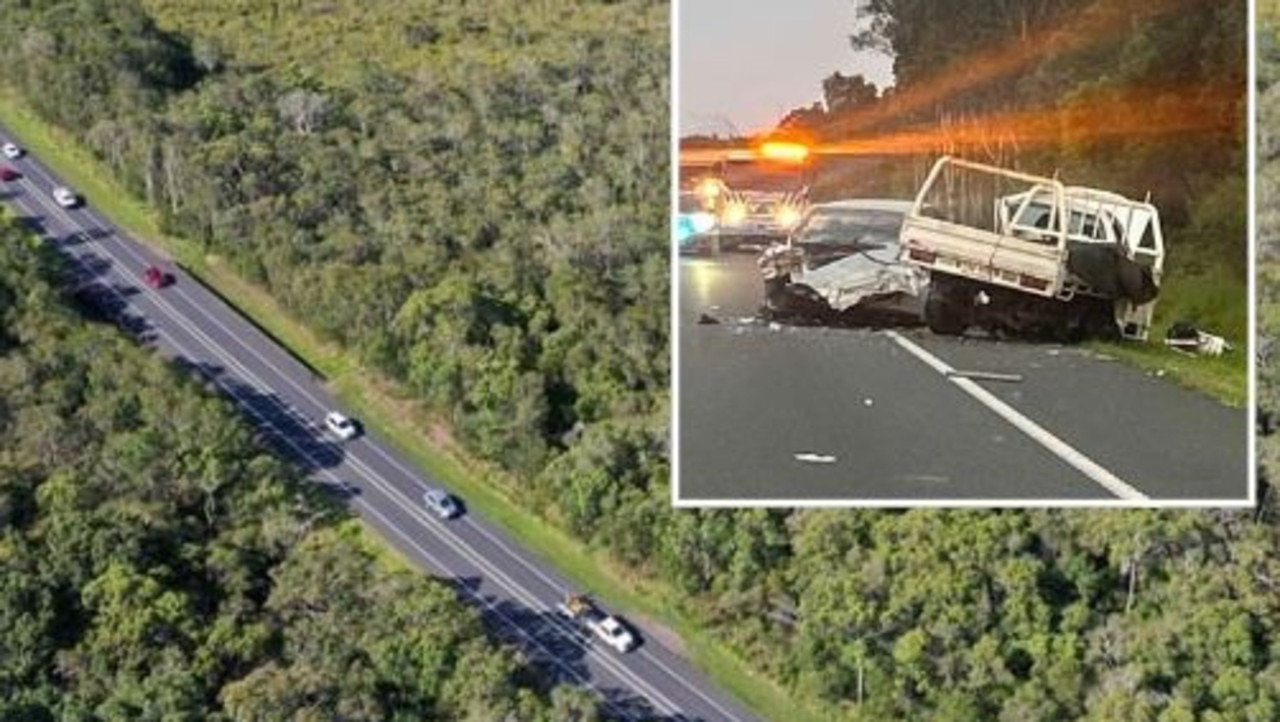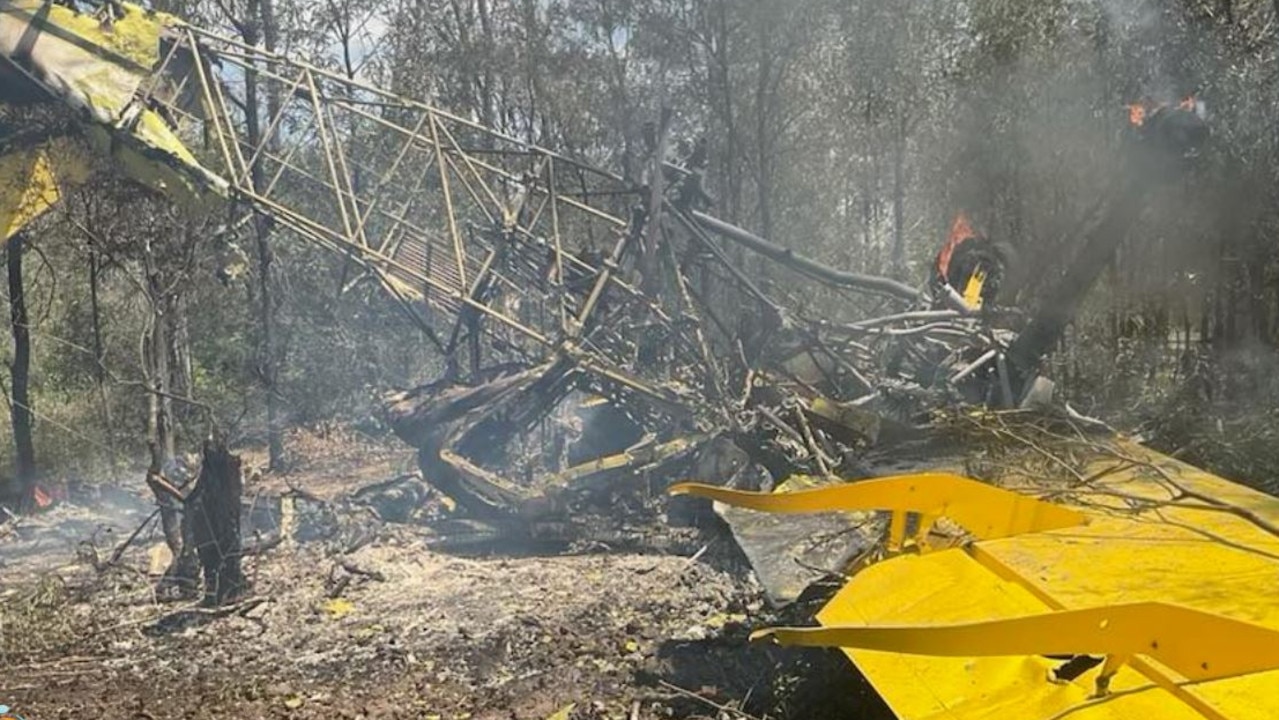Qld housing crisis: Full list of plans to solve the state’s biggest problem
Solving Queensland’s housing conundrum remains a top priority – here is the full list of potential solutions. VOTE NOW

QLD News
Don't miss out on the headlines from QLD News. Followed categories will be added to My News.
Queenslanders don’t want a rental cap.
That’s the one certainty as the state’s housing crisis sinks further into the abyss.
Premier Annastacia Palaszczuk’s revelation that the government was in March 2023 hoping a rental cap would ease the strain was met with immediate rejection by many industry experts and couriermail.com.au readers alike.
About 90 per cent of the 1500 readers who voted online were against the cap proposal.
These are the alternatives to Queensland’s rental crisis – have your say below.
WHAT IS A RENTAL CAP?
First, let’s look at how a rental cap works.
The ACT is the only jurisdiction in the nation that puts a cap on rent increases, with landlords needing to head to a tribunal if the increase is more than 10 per cent above the Consumer Price Index for rentals in Canberra.
In all other states and territories landlords can propose any rent increases they like as part of fixed-term leases.
The pro of a rental cap is that it ensures landlords can’t hike rents endlessly.
The con is that it discourages investment in rental housing and reduces supply.
■ Qld rental crisis: Shocking tenant and landlord horror stories
WHAT ARE THE ALTERNATIVES TO A RENTAL CAP?
Make Airbnb pay
Neighbours in October 2022 were being asked to turn on their neighbours as Brisbane City Council pushed ahead with its plan to slug Airbnb hosts higher rates.
Homeowners got flyers in their rate notices encouraging them to dob in their neighbours who use their properties as short-term rentals, as the city attempted to wrestle with a growing housing crisis.
REIQ data at the time showed Greater Brisbane vacancy rates sat at a record-low of 0.7 per cent.
Brisbane City Council officially requested residents to report any residential properties currently rented or marketed for rent through short-term accommodations sites like Airbnb, Stayz and Booking.com, to ensure owners paid the increased rate fees which went up by 50 per cent on July 1.
The 50 per cent rate increase would see an average short-stay landlord having to pay an additional $985 a year.
Brisbane Lord Mayor Adrian Schrinner said council was not looking to profit from the 50 per cent “Transitory Accommodation” rate hike, but instead encourage more owners to convert their properties back to long-term rentals.

Developers to the rescue
Queensland’s builders and service providers were in February 2023 called on to solve the state’s housing crisis with innovative plans for the Palaszczuk government to back with their $2bn housing war chest.
The Housing Investment Fund was initially worth $1bn, but was boosted at the 2022 Housing Summit to $2bn – with the money to now cover a wider range of projects.
Up to $130m per year in returns from the fund will be up for grabs for developers and housing providers to deliver thousands of new social and affordable homes across the state.
“The market invitation released today expands eligibility to allow stand-alone affordable housing projects to be supported under the Housing Investment Fund,” treasurer Cameron Dick said.
“This is an opportunity for quality, market-ready housing projects on privately owned sites to be supported by the HIF to deliver more affordable and social housing for Queenslanders, either through new construction or the repurposing of existing dwellings.”
A new residential tower featuring 450 apartments was among the plans to help alleviate the crisis.
Short-term assistance
A multimillion-dollar cash injection to help people open up more emergency housing was one of the measures from the state government announced to help solve the housing crisis.
Premier Annastacia Palaszczuk in December 2022 confirmed a $56m funding injection into measures largely focused at short-term relief for those at risk of homelessness.
It included $11.7m to help about 2500 Queenslanders stay in their leases to avoid homelessness, $10m for targeted loans and grants and $10m to set up extra temporary emergency accommodation with on-site support.
State Development, Infrastructure and Planning Minister Steven Miles confirmed the state government’s audit had at the time identified seven potential properties in Southport, Varsity Lakes, Fortitude Valley, Wynnum, Bundaberg, Mango Hill and Albion.
But further investigations on the sites, which are mainly large vacant land and buildings with existing uses, were ongoing to determine suitability and estimated costs.
Pop-up villages
Villages built from modular homes could provide immediate relief to Queensland’s housing crisis, according to a leading homeless advocacy group.
Q Shelter in October 2022 said the advancements in the quality of modular homes had prompted a surge of interest from industry leaders who insist the rapid pace of the housing format would be valuable for the critical housing supply shortfall.
Executive director Fiona Caniglia said: “The cost of construction and the time that construction takes for new homes is a significant barrier to addressing the needs of people right now who are homeless or who are living in poverty due to the cost of their housing.”
The Queensland housing summit, held in response to The Courier-Mail’s campaign Hitting Home, had triggered construction figures to spruik the production capacity of the small homes, according to Ms Caniglia.
“We need to be partnering with this part of the construction industry to identify land that could be used now to assist, as well as consider how high-quality modular homes can be part of Queensland’s housing future,” she said.
Benefits for over-55s
Over-55s who sell their homes to downsize would be given stamp duty relief under an October 2022 push to open up housing stock for young families.
Real Estate Institute of Queensland chief executive officer Antonia Mercorella said there were immediate actions that could be taken to help the crisis, such as giving over-55s stamp duty relief when they downsized.
She said such a move would help over-55s to move into easier upkeep homes, while opening up housing stock for growing families.
“We’d also like to see choice opened for first-home buyers by extending the first homeowners’ grant to established properties, to help more people enter the market and take pressure off rentals,” she said.
Granny flat fix
Queenslanders could lease their granny flats on the rental market to create thousands of new housing options, a plan hatched in September 2022 revealed.
Current planning regulations restrict homeowners from renting out a secondary dwelling on their properties, with most Queensland councils requiring an arduous development approval to allow the exterior building to be used as a rental.
The amendment to the planning regulation was suggested by stakeholders at a pre-housing summit roundtable.
Deputy Premier and Planning Minister Steven Miles said the urgent change would remove restrictions on people who could live in secondary dwellings, expected to create homes for thousands of Queenslanders.
“Right now, homeowners can’t rent secondary dwellings, such as granny flats, to anyone other than their immediate family,” he said.
Make the most of universities
Vacant student accommodation at Griffith University in Brisbane’s south with 200 beds was in September 2022 announced to be used as emergency accommodation.
Premier Annastacia Palaszczuk also issued a call for more organisations to come forward if they had vacant accommodation.
Deputy Premier, Infrastructure and Planning Minister Steven Miles said: “This will increase crisis accommodation available for people in need and help solve one of the multiple housing issues.”
Mr Miles said there was consensus to urgently use buildings that were being under-utilised.
He said the Catholic Church had also identified about 90 vacant sites that could be used for accommodation.
“I’ve said from the start – we don’t fix these issues by working alone,” Mr Miles said.
Ditching charges for foreign investors
The state government was in April 2023 urged to ditch foreign surcharges on property investors, which the real estate peak body said acts as a deterrent for the much-needed supply of homes.
Real Estate Institute Queensland (REIQ) claimed the surcharges are a “cash grab” given international buyers are already taxed at a federal level.
But a spokesman for Treasurer Cameron Dick said current tax concessions for international investors, such as the relief offered to build-to-rent projects, was reserved for initiatives that significantly contributed to new housing supply.
REIQ chief executive Antonia Mercorella said the surcharge deters “desperately-needed property investment” that would “slam the state shut for business”.
More Coverage
Originally published as Qld housing crisis: Full list of plans to solve the state’s biggest problem




